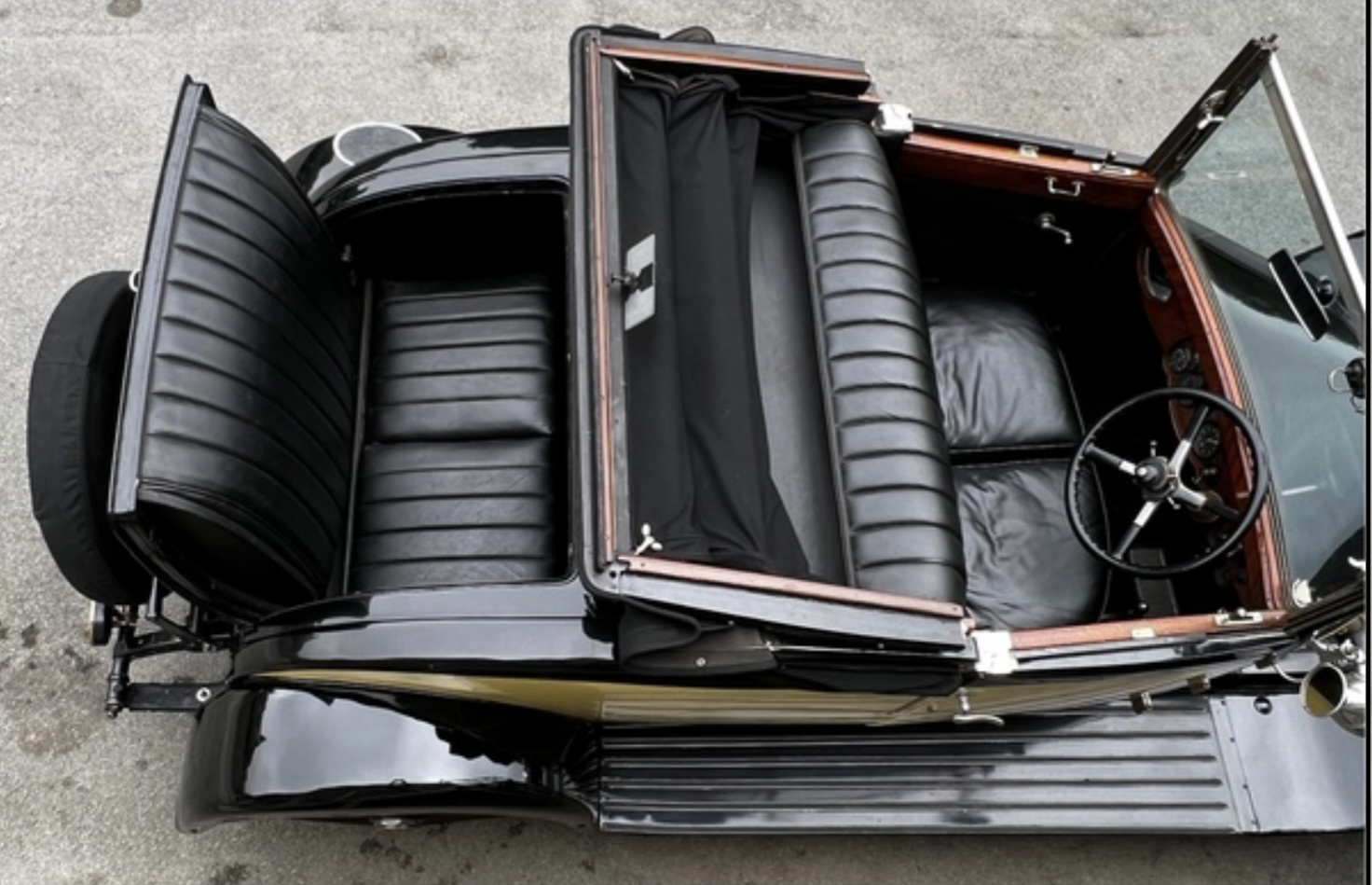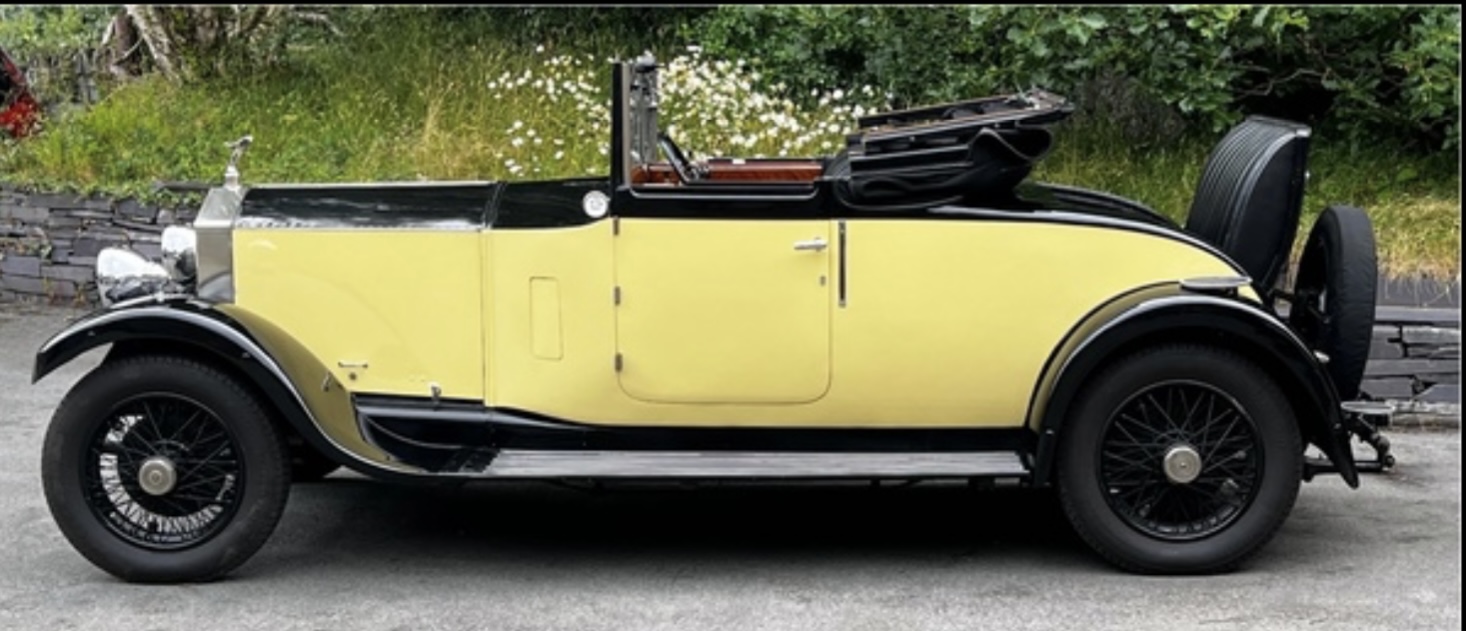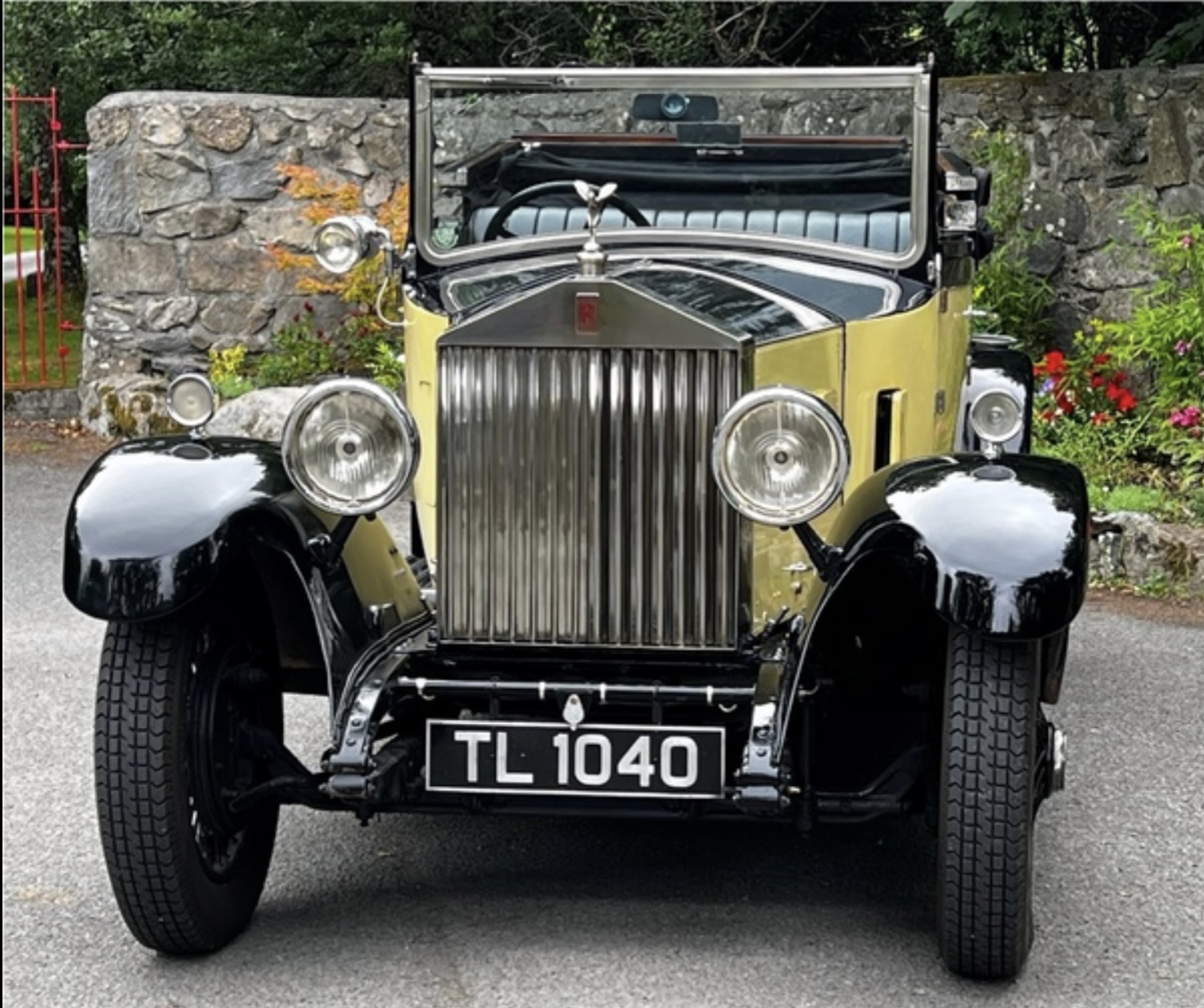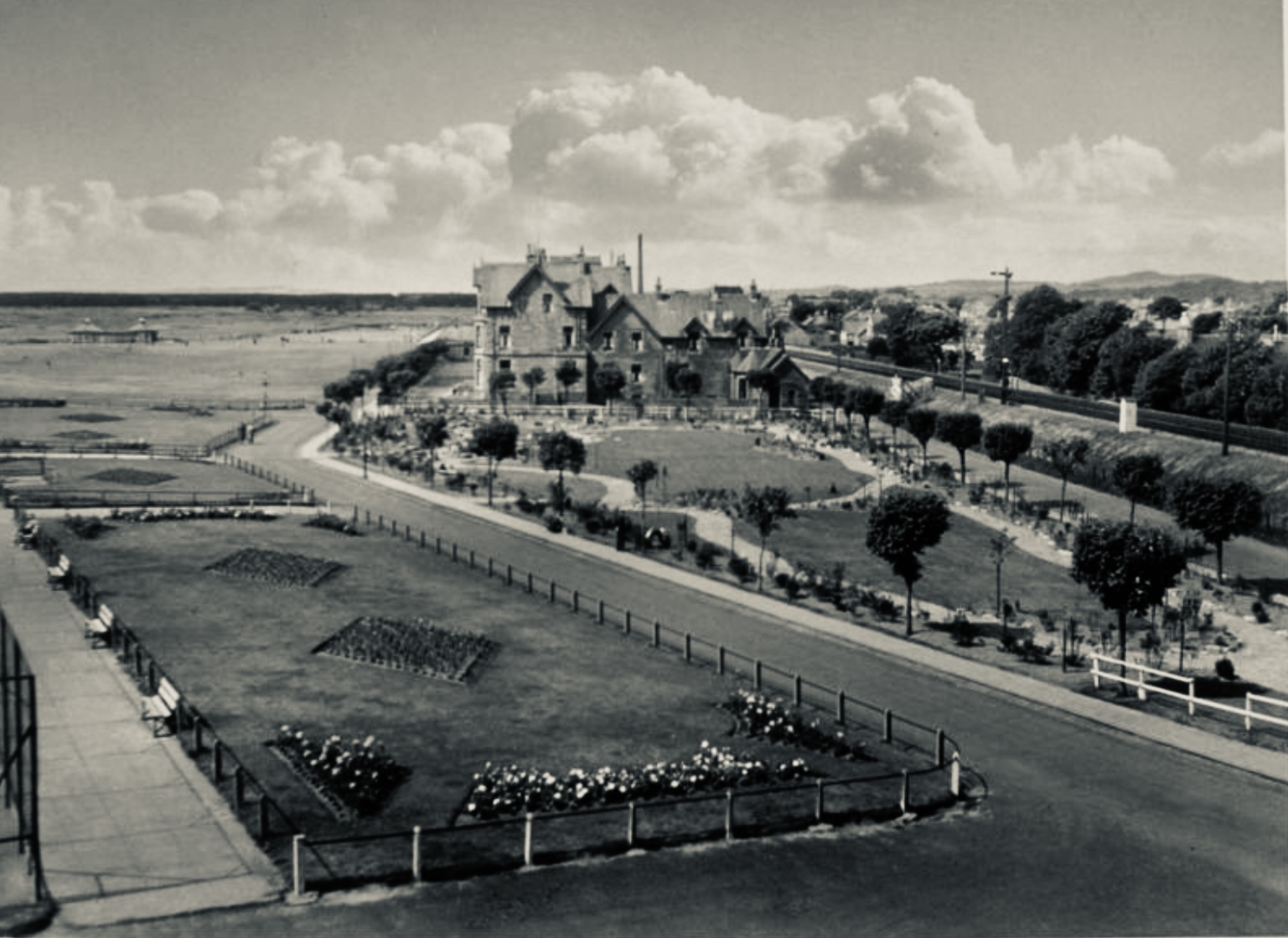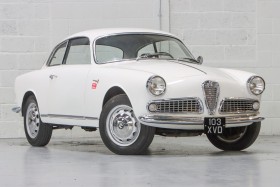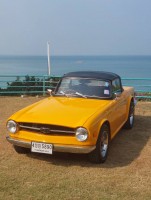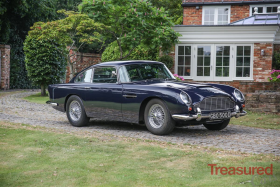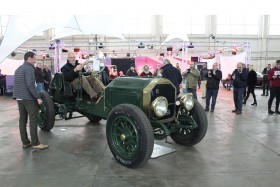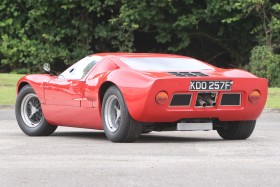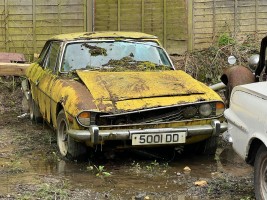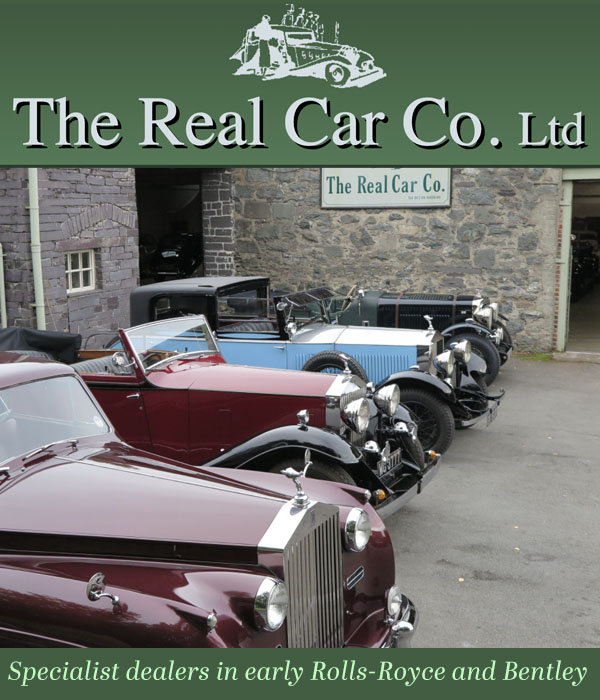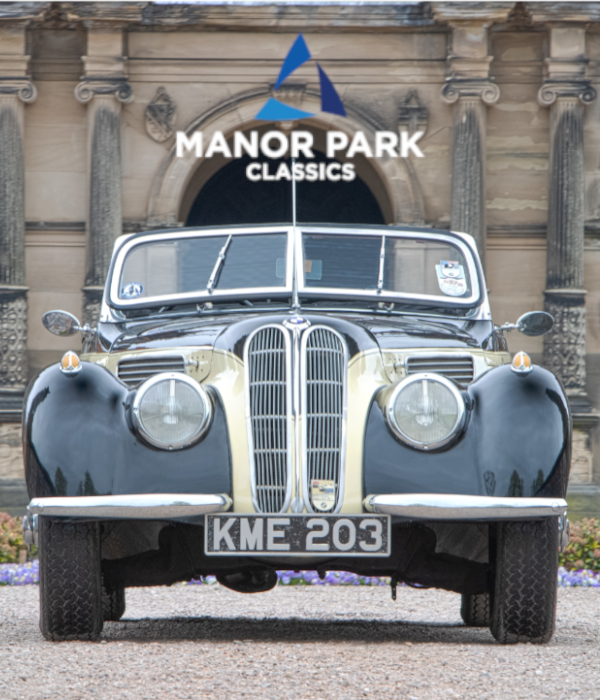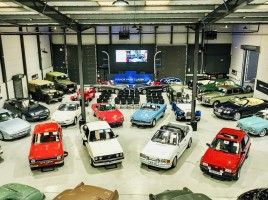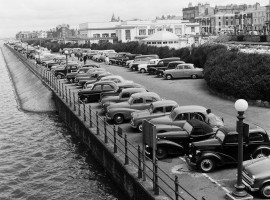if this car could talk
A Heritage That Spans the World
By: Charlie Warner Sun, 25 Feb 2024
Features
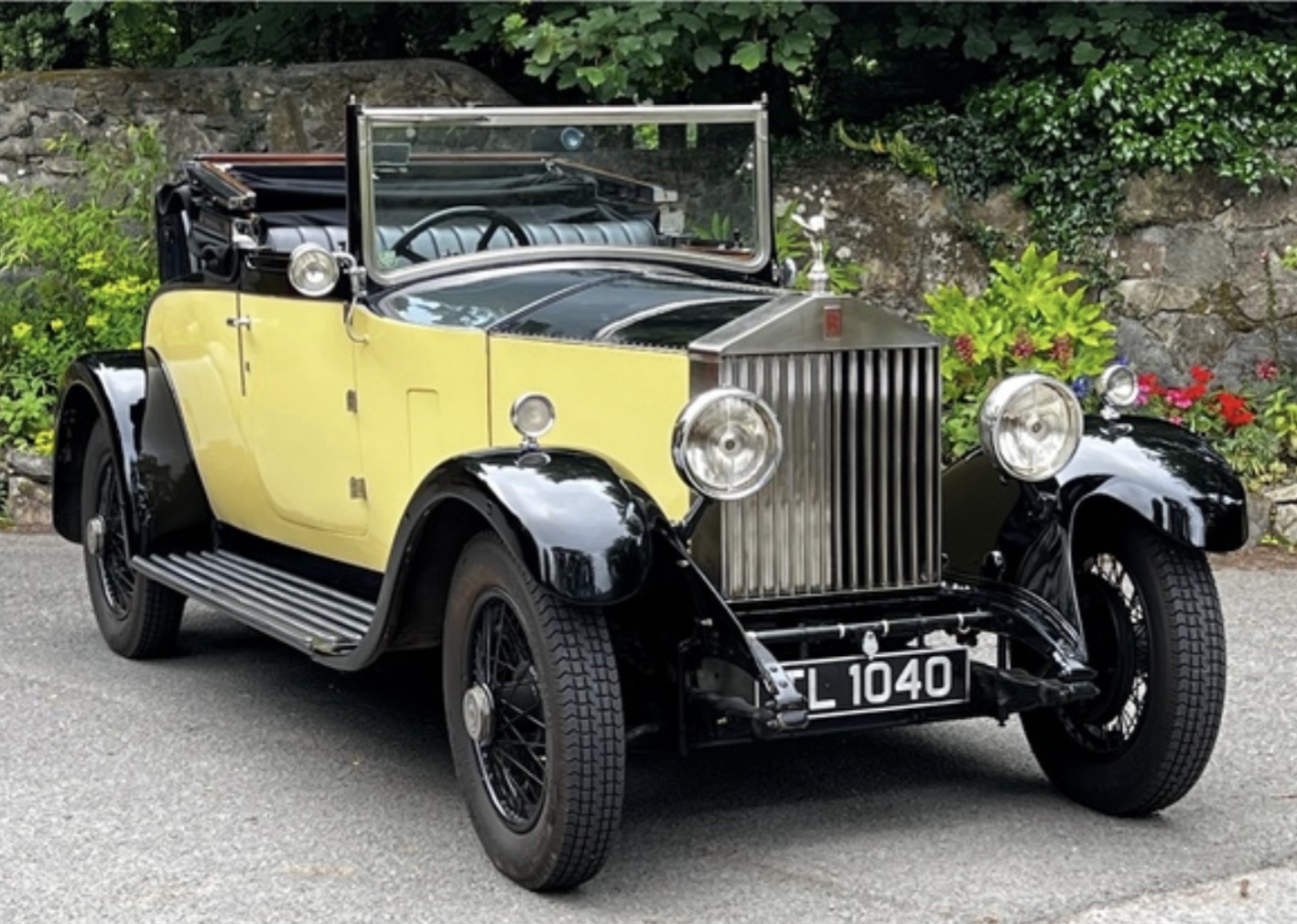
Owning this 1930 Rolls-Royce 20/25 H J Mulliner DHC with Dickey is not merely possessing a vehicle; it's embracing a piece of automotive history. This meticulous example serves as a testament to the enduring legacy of Rolls-Royce and the timeless allure of classic motoring. As custodians of these treasured automobiles, we have the privilege and responsibility to preserve their heritage for future generations to cherish and admire, as the previous keepers have done.
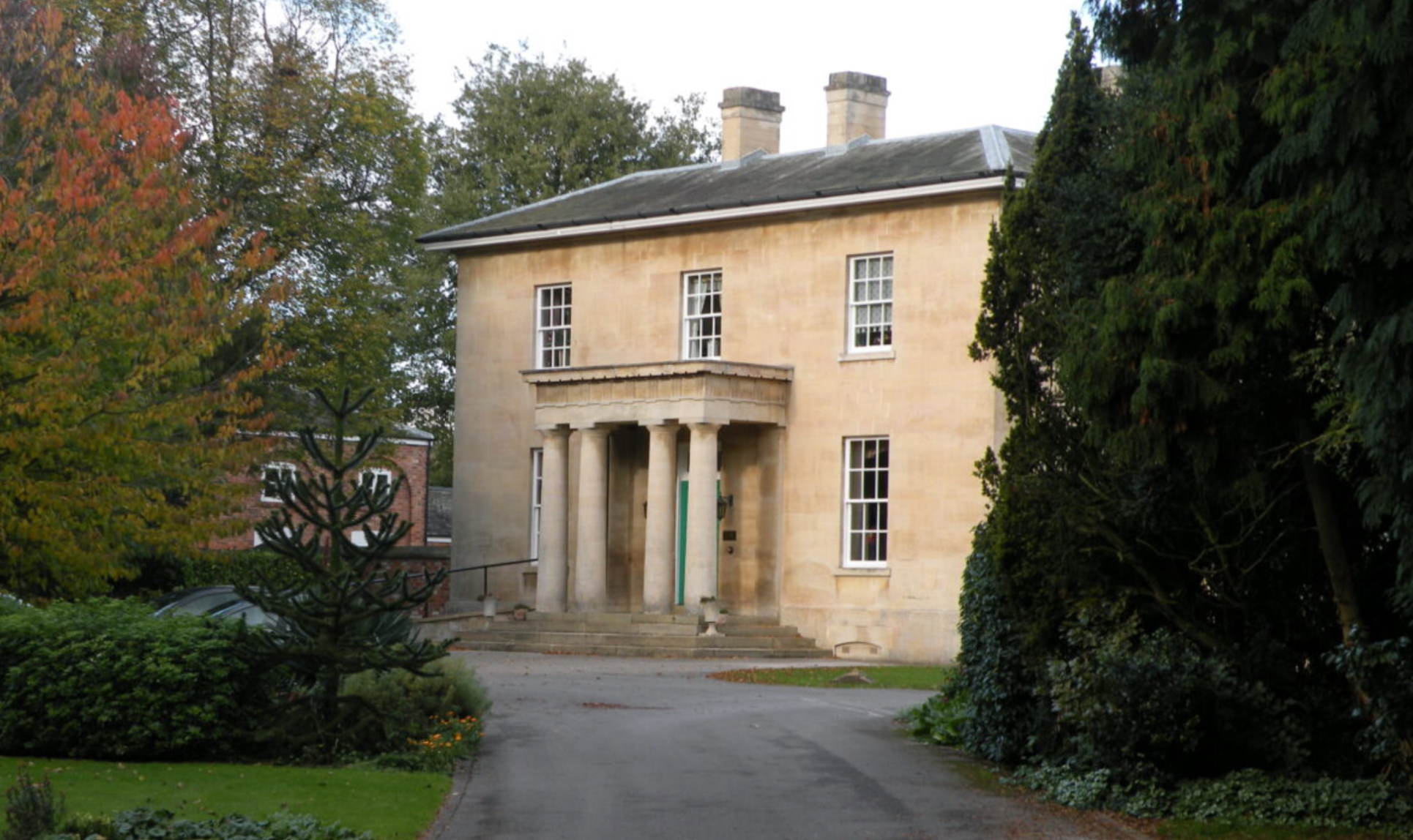
In 1930, when John Vincent Hemery acquired GGP35, he was 72 years old. Born in 1857, into an established Jersey family that can be traced back to the 1600s. members included Clement Hemery I (1747/1809) who fought in the Battle of Jersey in 1781; Clement Hemery III (1811/77) diarist and later ADC to HM Queen Victoria; Capt John Hemery (1813/81) commander of the vessel Bengal Merchant which in 1840 took the 1st Scottish colonists to New Zealand. Having attained a B.A. at Trinity College J. V. Hemery followed in the family trade as a merchant and farmer.
In 1920 John moved to Arnoldfield House in Grantham Lincolnshire, which he bought for £6,500. A keen amateur jockey his pastimes included hunting with the local high society the, Belvior’s, Pagets, the Capels and the Molyneux families. In 1925 Prince Henry the Duke of Gloucester visited the Lincoln Agricultural Show and before “entraining for London” he took tea with John. John Hemery never married and on his death in 1945, the grand house and his estate were left to his niece Anne, Viscountess Plumer
The 2nd owner of GGP35 was Mrs. Ailsie Maud Strode, a wealthy woman, widowed in 1922, she inherited the Morrisons fortune from her mother. The Morrison family had amassed considerable wealth starting with a drapery business founded by James Morrison in the 1800s, his empire included warehouses, finance, railways and international trade. In James Morrison’s lifetime, he was known as being the richest commoner in England, a fascinating story which can be read in his biography “A Genius For Money” by Caroline Dakers.
It is not known exactly how long Ailsa kept GGP35 but most likely until she died in 1961, as the chassis cards give The Bruce Hotel, Carnoustie in Scotland as the 3rd keeper.
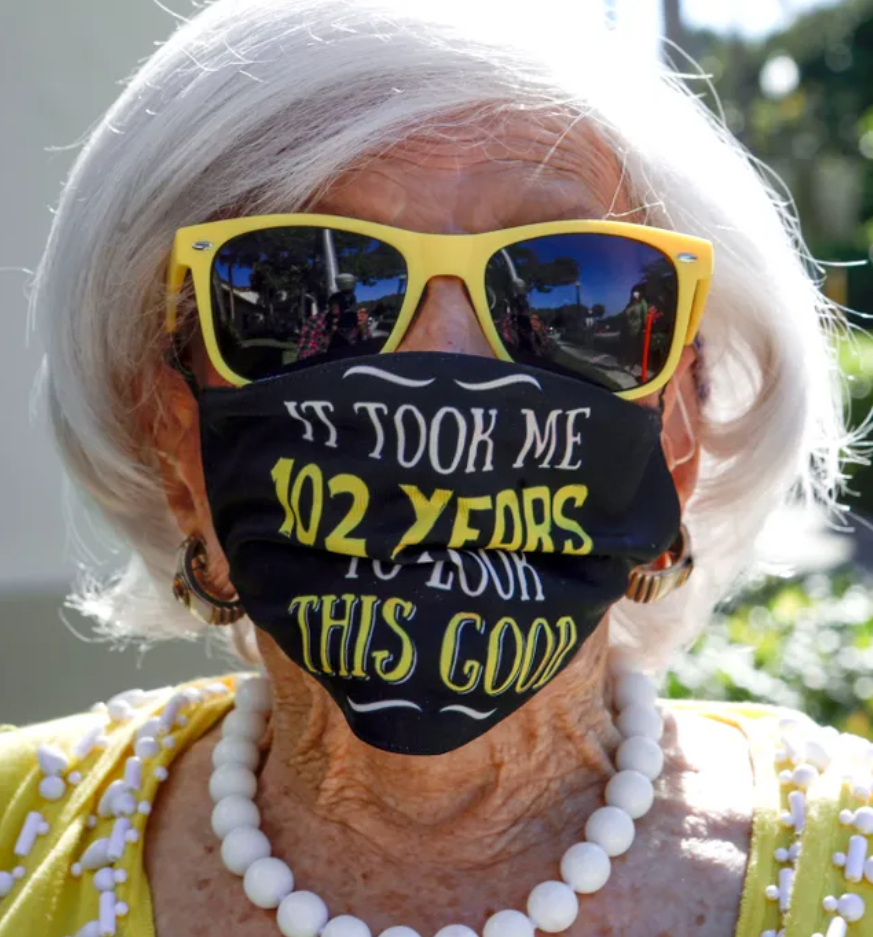
By 1965 GGP35 had found its way to America, Reginald Boardman was an American businessman and philanthropist who was active in Palm Beach, Florida. He was known for his involvement in various charitable activities and community projects in the Palm Beach area. Boardman was particularly recognised for his contributions to organisations supporting education, healthcare, and the arts. Reggie was a keen amateur golfer and it’s believed that he first saw the car when visited Carnoustie. The extended Boardman family are described as “American Royalty”.
Reggie sold GGP35 in 1965 to his wealthy neighbour, Mrs Jane Will Teagle Boggs Smith.
Jane was born in 1918 at the time of the Spanish Influenza. Her father, Harold Will, was stationed in France during World War I when the Spanish flu hit, her grandmother took her and her mother, from Syracuse to New York, to escape the pandemic.
Jane would go on to become a buyer for Sibour, a long-gone Manhattan department store, and marry three times, surviving all of her husbands. She married her first husband, Walter Teagle II, at the age of 22.
She moved from New York to Palm Beach in 1964 with her second husband, Dr. Robert Boggs, and has lived in the town ever since. Her three children, Walter Teagle III, Jayne Keith and Brenda Callaway, who were already in college, remained in New York.
Her third husband was Page Smith, whom she married in June 1968. She sold GGP35 in 1970 to her son Walter Teagle III, for $1.00!
In 2021 at the age of 103, Jane was given the Covid 19 inoculation. “I’ve had a very active life. I’m widowed too, and I buried them all, so now what do I do?” she joked.
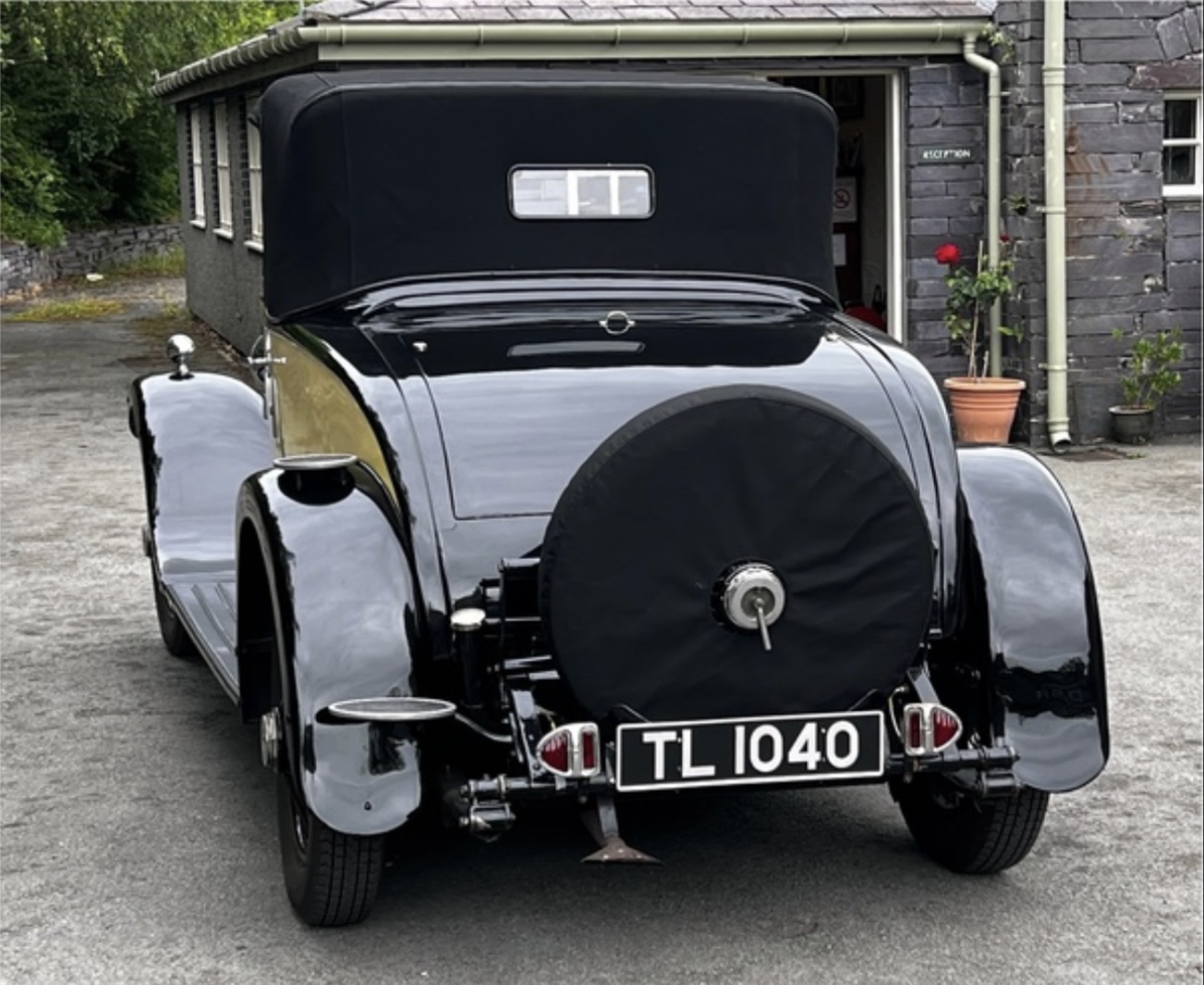
Exploring the Timeless Appeal of the 1930 Rolls-Royce 20/25 H J Mulliner DHC With Dickey
In the illustrious history of motoring excellence, few names command as much reverence and admiration as Rolls-Royce. Among their many iconic creations, the 1930 Rolls-Royce 20/25 with H J Mulliner's Drophead Coupe bodywork stands as a testament to the pinnacle of automotive luxury and craftsmanship.
Unveiling Timeless Elegance:
The Rolls-Royce 20/25, introduced in 1929, represented the epitome of luxury motoring in its era. Renowned for its refined engineering and exquisite design, it quickly became the vehicle of choice for discerning clientele seeking the utmost in comfort, performance, and style. The partnership with esteemed coachbuilder H J Mulliner elevated the 20/25 to new heights of sophistication, culminating in the creation of the Drophead Coupe (DHC) with Dickey variant.
Craftsmanship Beyond Compare:
Every aspect of the 1930 Rolls-Royce 20/25 DHC with Dickey exudes craftsmanship and attention to detail. From its gracefully sculpted lines to its meticulously handcrafted interior, this automotive masterpiece reflects the uncompromising standards for which Rolls-Royce is renowned. The H J Mulliner bodywork, characterized by its flowing curves and impeccable proportions, epitomizes the elegance of the Art Deco era.
Timeless Performance:
Beneath the bonnet, the 1930 Rolls-Royce 20/25 boasts a refined 3.7-liter inline-six engine, delivering smooth and effortless performance befitting its prestigious pedigree. Whether cruising along winding country roads or gliding through city streets, this iconic automobile exudes an aura of refined sophistication and effortless grace.
Conclusion:
In the realm of classic automobiles, the 1930 Rolls-Royce 20/25 DHC with Dickey occupies a special place of honor. With its timeless elegance, impeccable craftsmanship, and peerless performance, it continues to captivate enthusiasts and collectors alike, reminding us of a bygone era when motoring was a pursuit of elegance, refinement, and sophistication.
Footnotes
CAR OF THE WEEK. CLICK HERE
H. J. Mulliner & Co. was a well-known British coachbuilder from Bedford Park, Chiswick, West London. The company which owned it was formed by H J Mulliner in 1897 but the business was a continuing branch of a family business founded in Northampton in the 1760s to hire out carriages. In December 1909 the controlling interest in this company passed to John Croall & Sons of Edinburgh. In 1930 when GGP35 was built Mulliner worked almost exclusively for Rolls-Royce and Bentley.
In 1959 Rolls-Royce acquired the company and merged it with Park Ward, which it already owned.
Photo; The Bruce Hotel, Carnoustie
Courtesy of the University of St Andrews Libraries and Museums, ID: JV-A-7924



